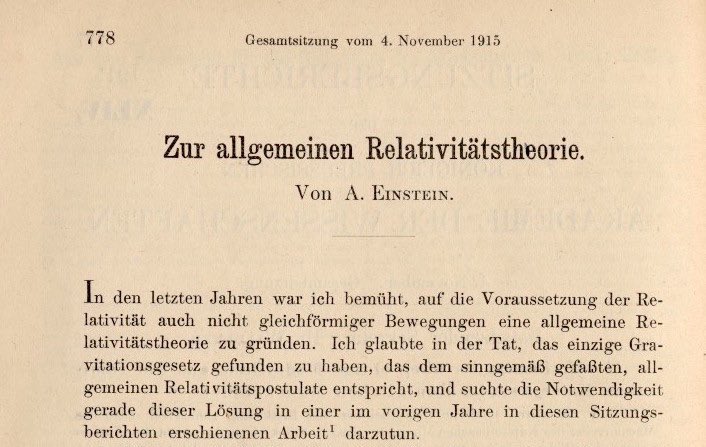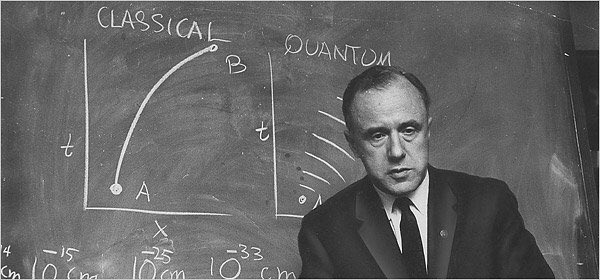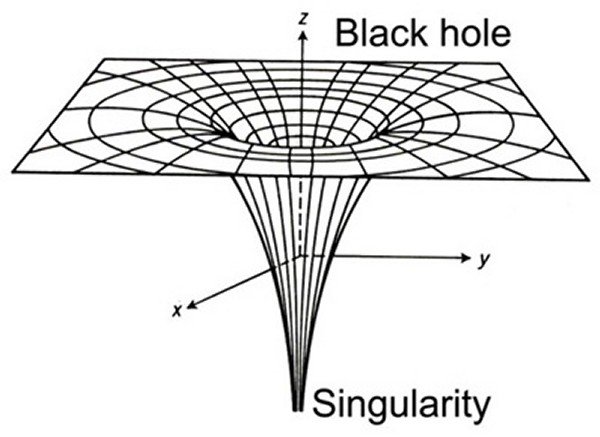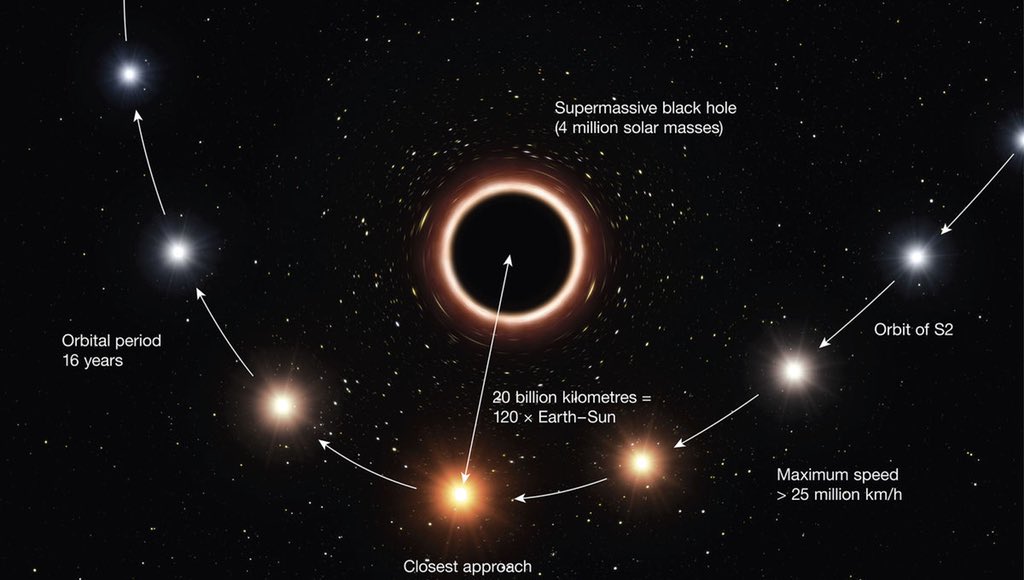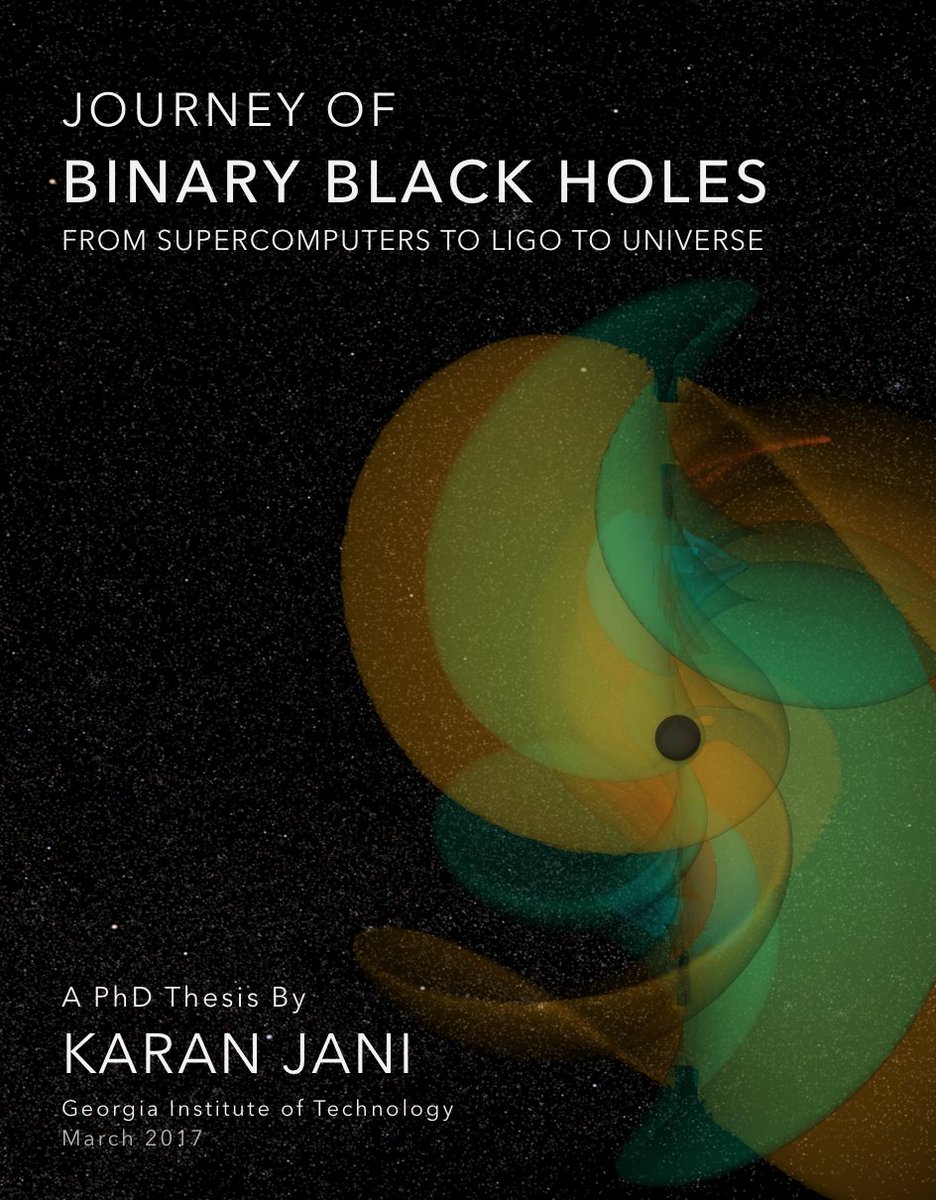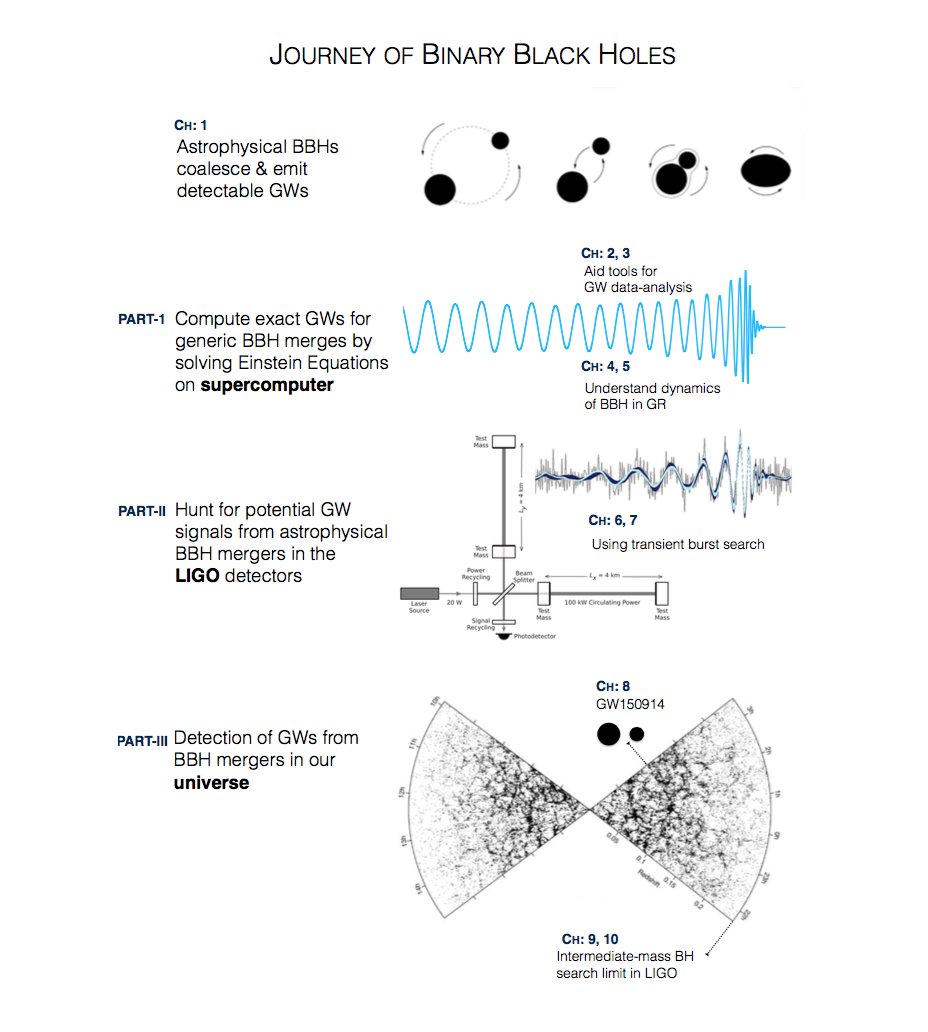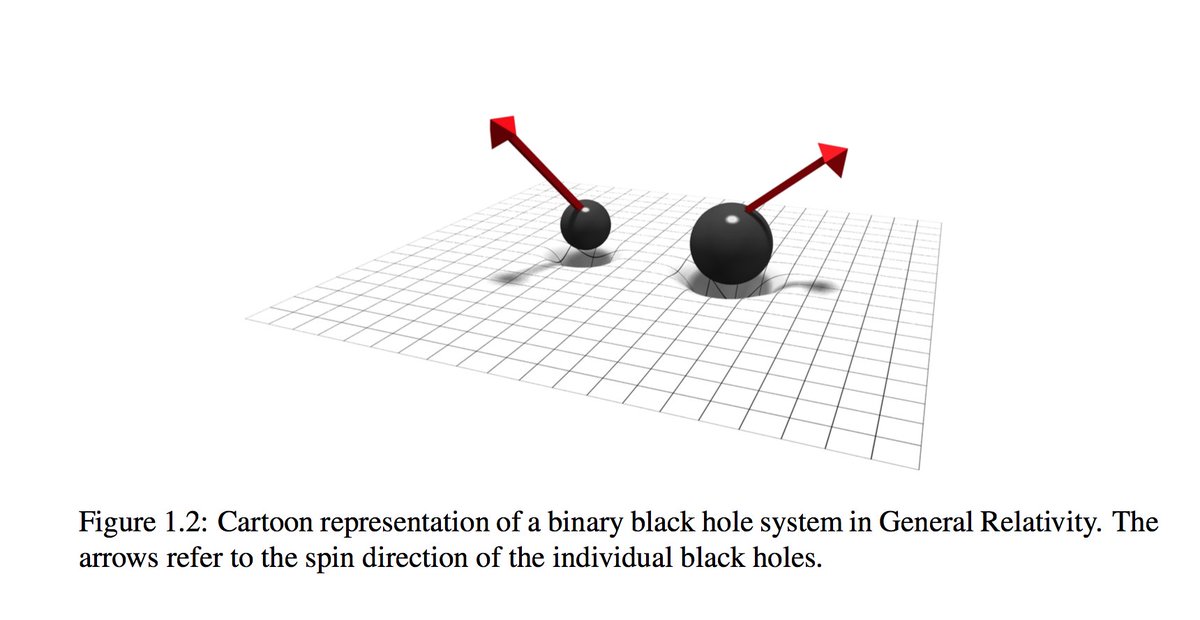His PhD student from 1960s, Kip Thorne, co-founded LIGO that made the first ever direct observation of black holes in 2015.
The latter imo is the answer.
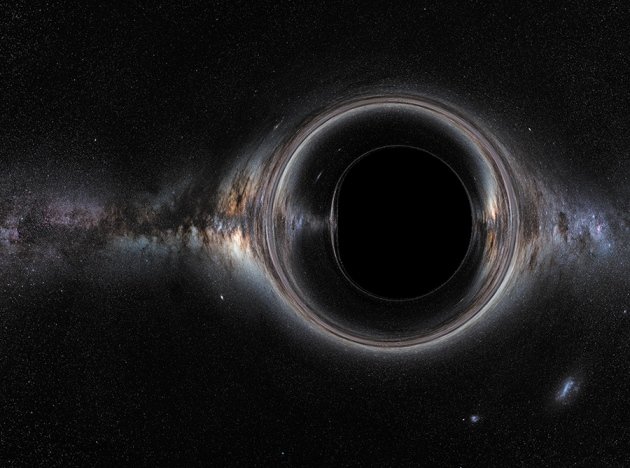
~ John Wheeler
This likely is the only #BlackHole for which humans could take a 'picture' of EVENT HORIZON!
For updates on this: eventhorizontelescope.org
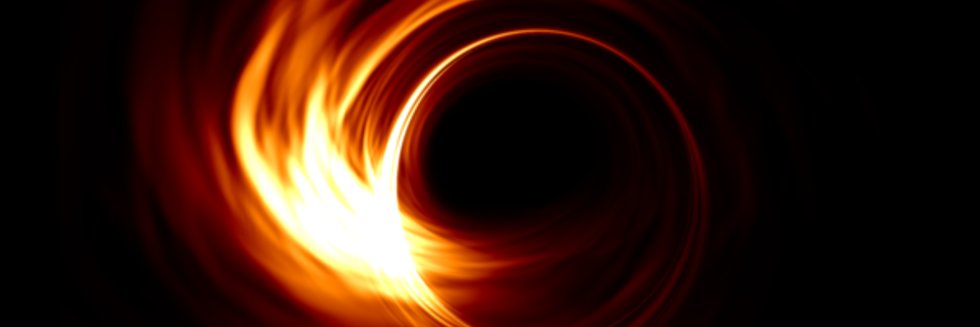
They are so close, that they "feel" the Einsteinian effect of our Master Black Hole.
S5 0014+81 hosts #blackhole of about 40 BILLION times heavier than Sun (10000x bigger than Milky Way's BH)!
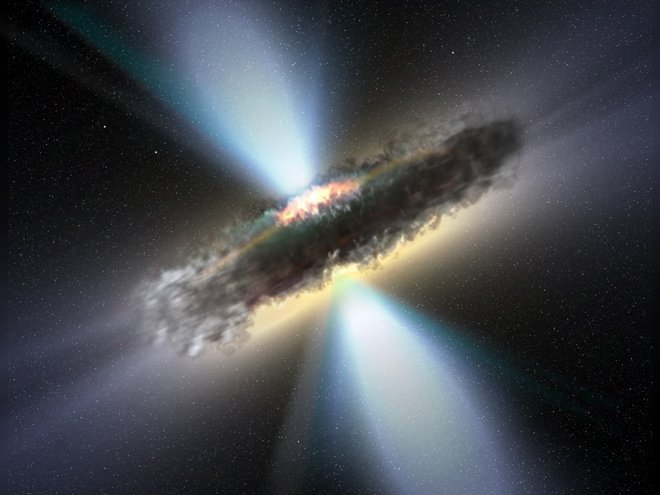
The white eggs 🥚 are the event horizon of the black holes.
This phenomenon was first proposed by the ‘Black Hole Man of India’, Prof. C. V. Vishveshwara
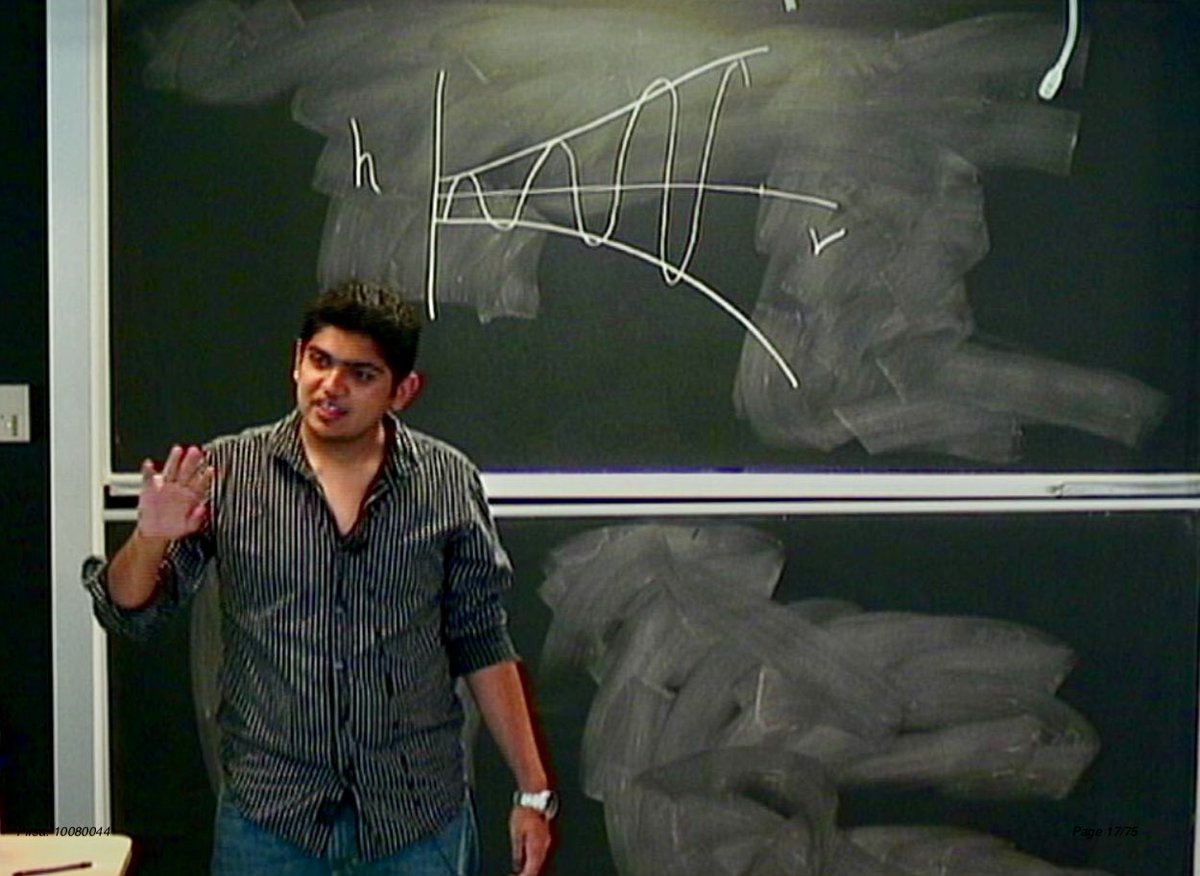
That cry right after it’s birth (called Ringdown) releases a gravitational wave signal.
It is to inform the rest of the universe about a new singularity.
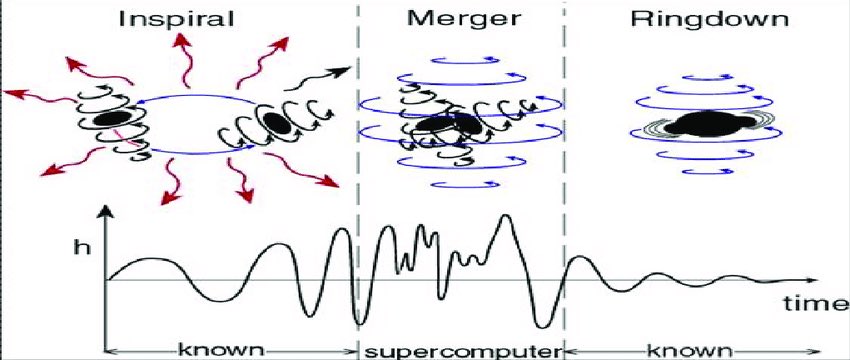
Next few tweets about a maverick Indian theoretical physicist that figured this deep connection.
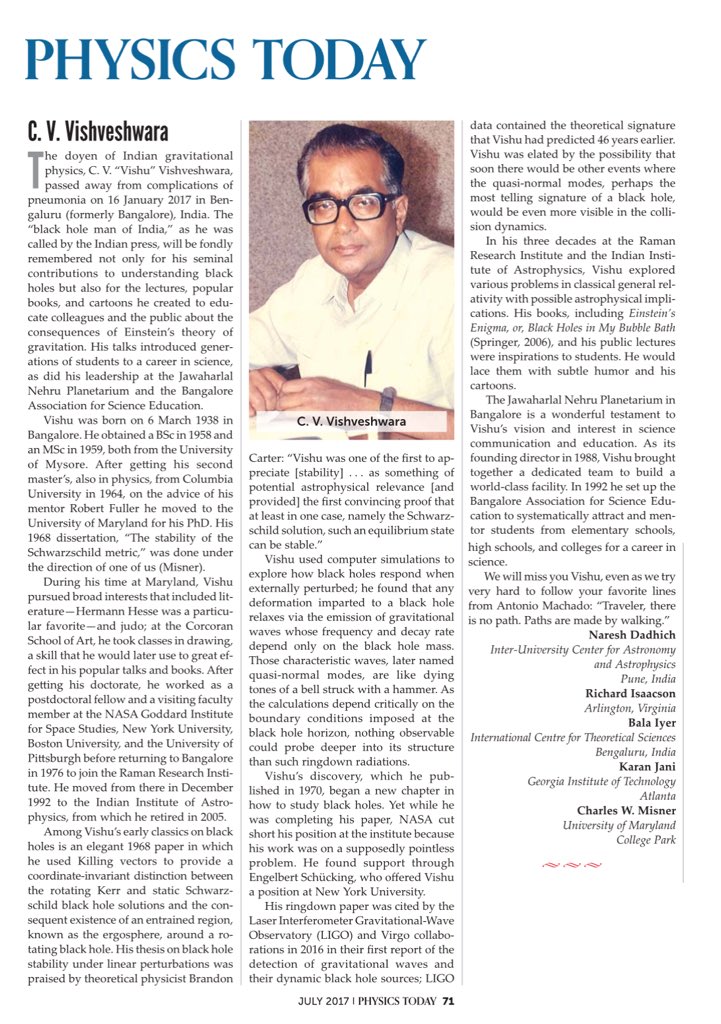
Share more about his work: @SwarajyaMag
swarajyamag.com/science/we-wou…



